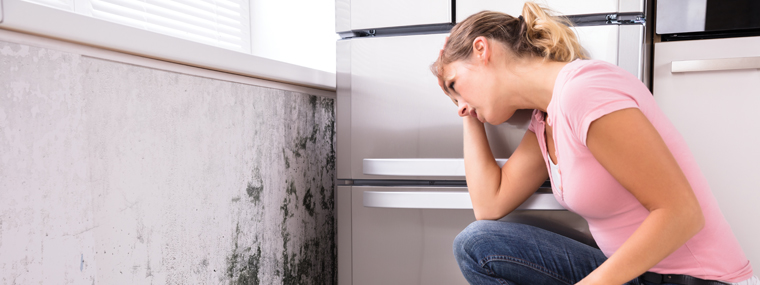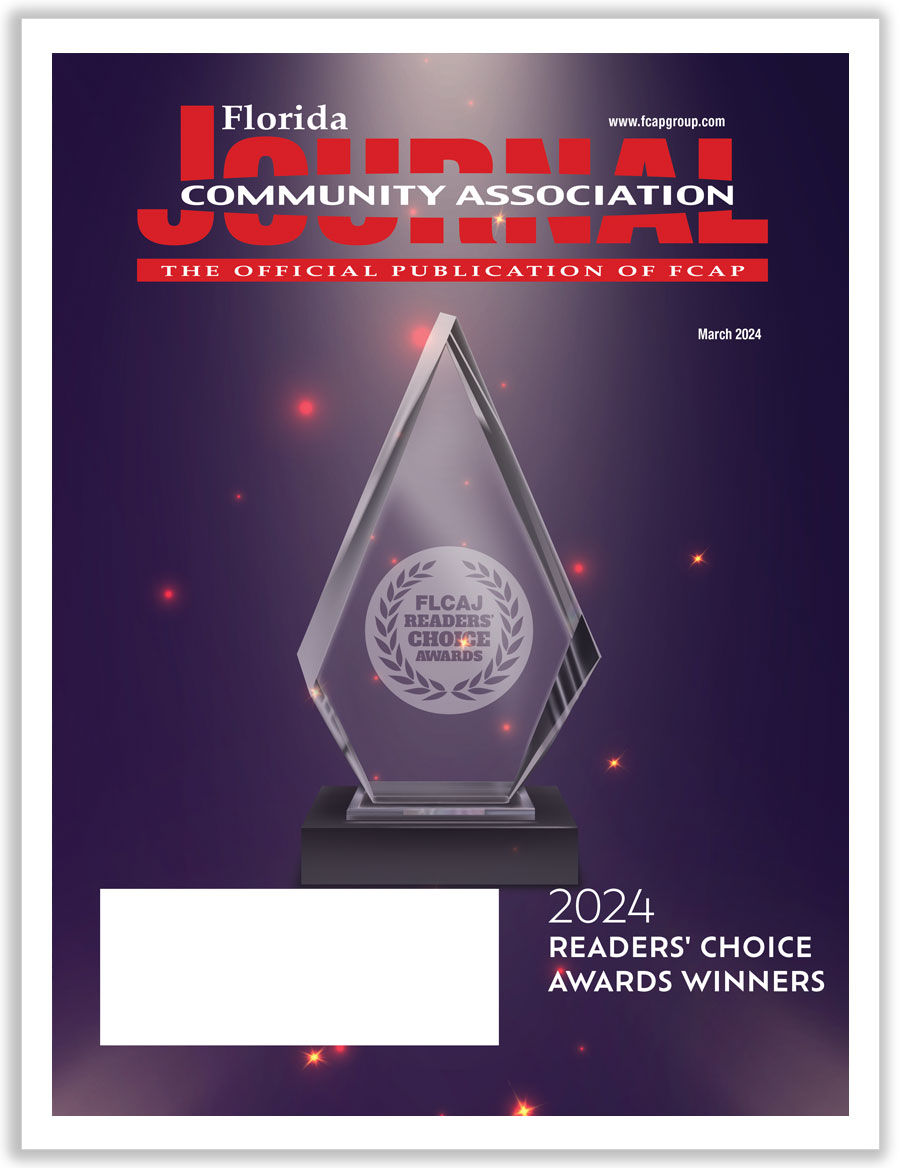
How to Efficiently Settle an Insurance Claim after a Loss at Your Community Association
By Rami Boaziz / Published January 2019

When it comes to property damage, community association managers are usually responsible for overseeing the process of assessing the overall loss. This includes documenting the damage, filing a claim through the insurance company, and ensuring the claim is settled efficiently and appropriately to cover the cost of repair or replacement of the damaged property.
Addressing Losses in a Community Association
Within a condominium or homeowners association, there will often be damages and potential losses to address. In Florida, hurricanes, flooding, water damage, and mold are essential factors to be aware of when planning for potential losses.
Associations are comprised of several unit owners, and there can often be differing opinions related to responsibility, repairs, costs, and timing.
Additionally, insurance companies can also complicate a community association’s ability to make progress on repairs for damage. Frequent changes to Florida statutes surrounding associations, varying interpretations of policies, and confusion around responsibility are some of the challenges that arise when filing a claim after a loss.
Understanding state requirements and association responsibilities can help settle some of the confusion around responsibility. The Florida Condominium Act mandates insurance coverage requirements for all condominium associations. As of 2009, association insurance policies are required to provide coverage for the following elements:
- All portions of the condominium property as originally installed or replacement of like kind and quality, per the original plans and specifications.
- All alterations or additions made to the condominium property or association property.
- The coverage must exclude all personal property within the unit or limited common elements, and floor, wall, and ceiling coverings, electrical fixtures, appliances, water heaters, water filters, built-in cabinets and countertops, and window treatments, or replacements of any of the foregoing, which are located within the boundaries of the unit and serve only such unit.
The statute also outlines responsibility for damage caused by insurable events versus non-insurable events. Associations are responsible for addressing the repair of all property, excluding the personal unit property outlined above, in the event of any insurable event. Insurable events are outlined in the insurance policy and generally include events like hurricanes, fires, or floods.
The repair or replacement of damage caused by a non-insurable event is the responsibility of the association and/or unit owner as determined by the maintenance provisions established by the association. Normal wear and tear or intentional damages are typically considered non-insurable events.
Unit owners are responsible for any damage caused by any intentional act that destroys property, negligence, or violation of association policies.
Precautionary Measures
Luckily, there are a few things that community association operators can do to be better prepared for both familiar and unexpected risks. Consider creating a plan that lists possible problems that could arise as well as a plan for protecting the community from them. Focus on higher risks like hurricanes first, and then address smaller risks like vandalism. Make sure your plan includes the following items:
- Contact information for emergency responders and aid organizations
- A detailed evacuation plan
- Insurance policy and contact information
- Clearly outlined roles and responsibilities for managers
- A physical inventory and inspection report of the property
- A detailed disaster budget and list of financial priorities
- An overview of the association’s responsibilities vs. the residents’.
Your association should maintain regular inspection reports to provide proof of pre-loss conditions in the community. Include pictures and video recordings when possible. Make copies of all documentation and keep a digital backup that you can access when you need to.
Addressing the Aftermath of Property Loss
Once the damage is done, you’ll need to get to work on a resolution. Your risk management solution should consist of addressing the safety of the property, documenting all damage, and doing whatever you reasonably can to prevent further damage.
Safety is always the top priority. Once you have determined that the affected areas are either safe for entry or secured, you’ll want to take photos and videos of damaged property and list any damage to the interior and exterior of the building(s). This will help build your claim and provide critical documentation that may not be available later.
After documenting initial damage, immediately take any reasonable steps to prevent further damage. This could be clearing water from flooded areas or setting up tarps on leaking roofs in addition to contracting a professional mitigation company for larger and more complex losses.
Preparing to File a Claim
Once you have addressed the safety of the community, documented all damage, and established preventative measures to avoid further losses, it’s time to file a claim.
The process can be especially stressful for managers and operators who may not fully understand the rights and coverages under the association’s insurance policy. Filing a claim without proper guidance and understanding can result in missed damages, lost payments for repairs, or even a denial of the claim.
How to Settle Your Claim Efficiently
Hiring a public adjuster is a great way to simplify the claim process and ensure that your community association can settle the claim quickly and efficiently to begin repairs. Public adjusters are experienced in navigating insurance policies and identifying the scope of the damages and repairs required.
While you can attempt to handle the insurance claim process yourself, hiring a public adjuster in the early stages of your claim can provide an enormous benefit by saving you time, increasing efficiency, and giving you peace of mind. Typically, an adjuster will start by reviewing your policy and working with expert inspectors to conduct a thorough investigation of the cause and origin of loss.
Next, the adjuster will estimate the damages and prepare a claims package that documents the damage and provides supporting documentation to support your associations claim. Insurance company adjusters may overlook damages or lack the expertise to fully identify factors that will contribute to the payment of your claim. A public adjuster will have your best interest in mind and will ensure that no stone is left unturned when estimating the cost of damage incurred in your community.
Once the estimation of damages is complete, a public adjuster will use his or her expertise to navigate through the complexities of your insurance claim to advocate on your behalf. A 2010 report from the Office of Program Policy Analysis and Government Accountability (OPPAGA) reported a more than 700 percent increase in their property damage claim payouts when represented by a public adjuster.
In Florida, public adjusters are limited to charging 20 percent of the settlement paid on daily claims and 10 percent on emergency claims. Additionally, public adjusters are only paid once a settlement is reached with your insurance company, meaning there is little to no risk involved for you as the policyholder.
Preparation is Key
As a community association operator, what matters most is being prepared and keeping your residents’ best interests in mind in the event of a disaster.
Consider retaining a public adjuster to support your risk management plan. It can also be beneficial to have an expert review your existing policy and make recommendations that can protect your community in the future. If reading this has left you feeling that you could have done more to increase your settlement for an old claim, don’t fret! You have up to five years to reopen a denied claim, so there may still be time to get what you deserve!
*Disclaimer: The content of this article is provided for informational purposes only. It is not intended nor should it be viewed as legal advice. Consult with an attorney on your particular circumstances before making any decisions based on the information provided in this article. Stellar Public Adjusting Inc. assumes no legal liability for the accuracy, completeness, or usefulness of any information disclosed in this article.
Rami Boaziz
Senior Public Adjuster, Stellar Public Adjusting
Rami Boaziz is the Senior Public Adjuster at Stellar Public Adjusting. In addition to being a public adjuster, Mr. Boaziz is also a licensed attorney and mediator in Florida. He is a true consumer advocate who has helped individuals, community associations, and businesses maximize their insurance claim settlements. Rami teaches a class approved for CE credits called Condominium Insurance Claims 101 and frequently offers free Q&A sessions at HOA meetings. You can reach Rami via email at rami@stellaradjusting.com. To learn more about Stellar Public Adjusting, visit them online at www.stellaradjusting.com.




